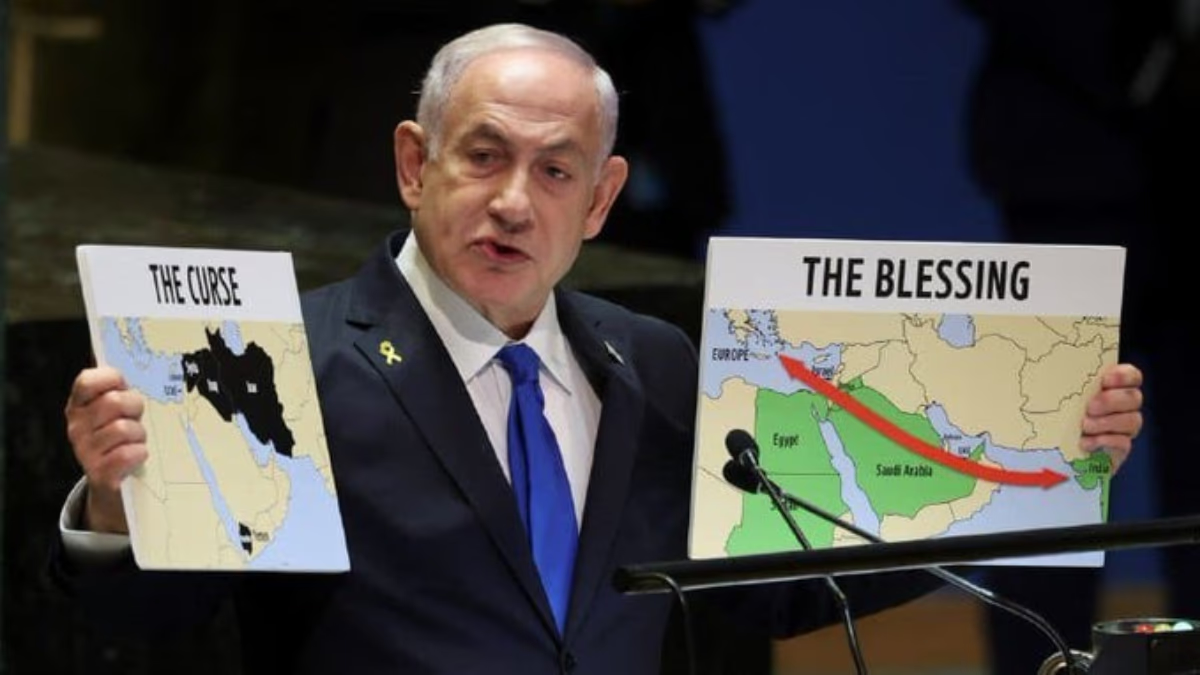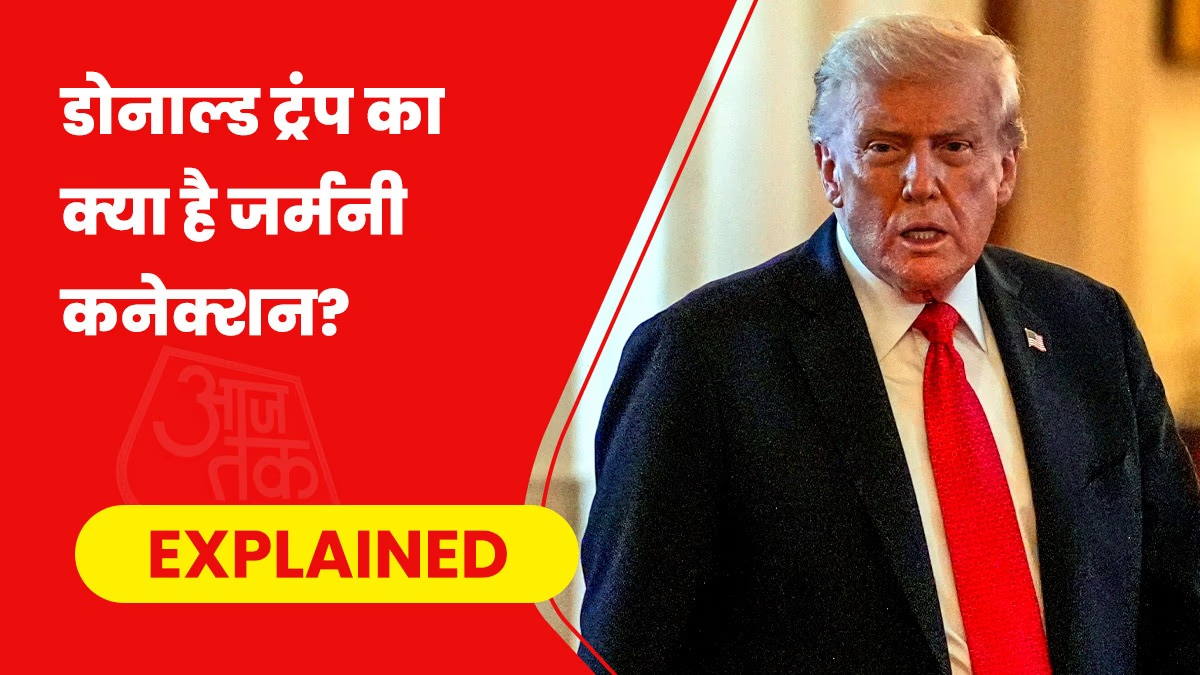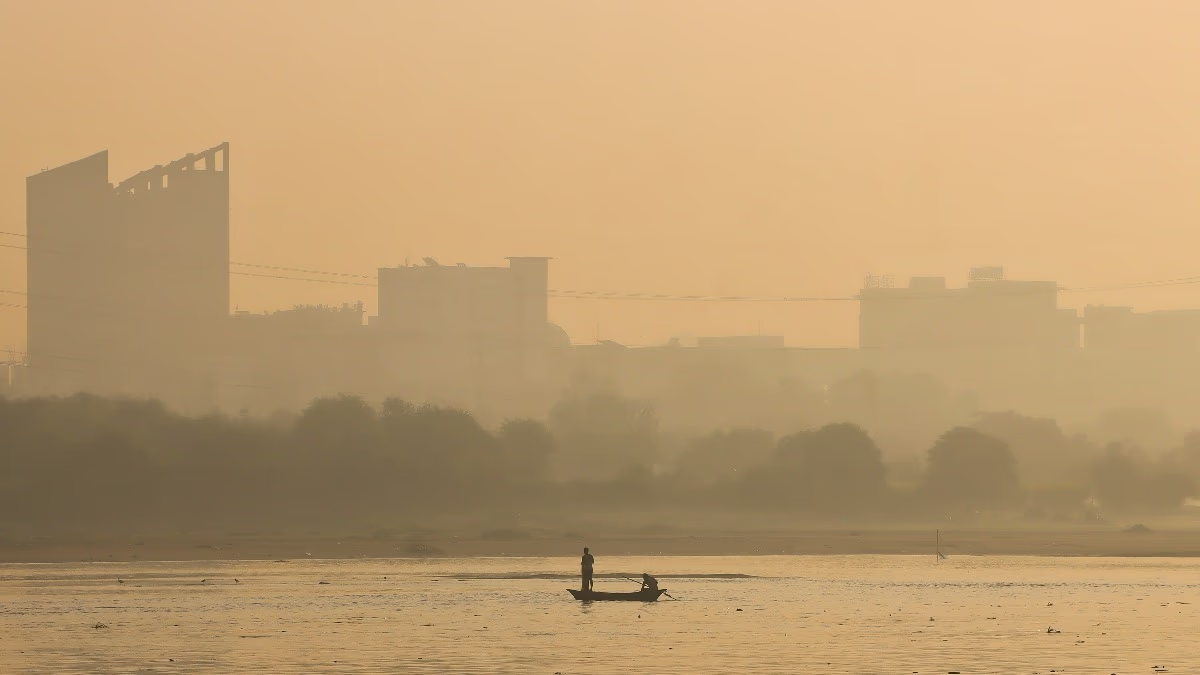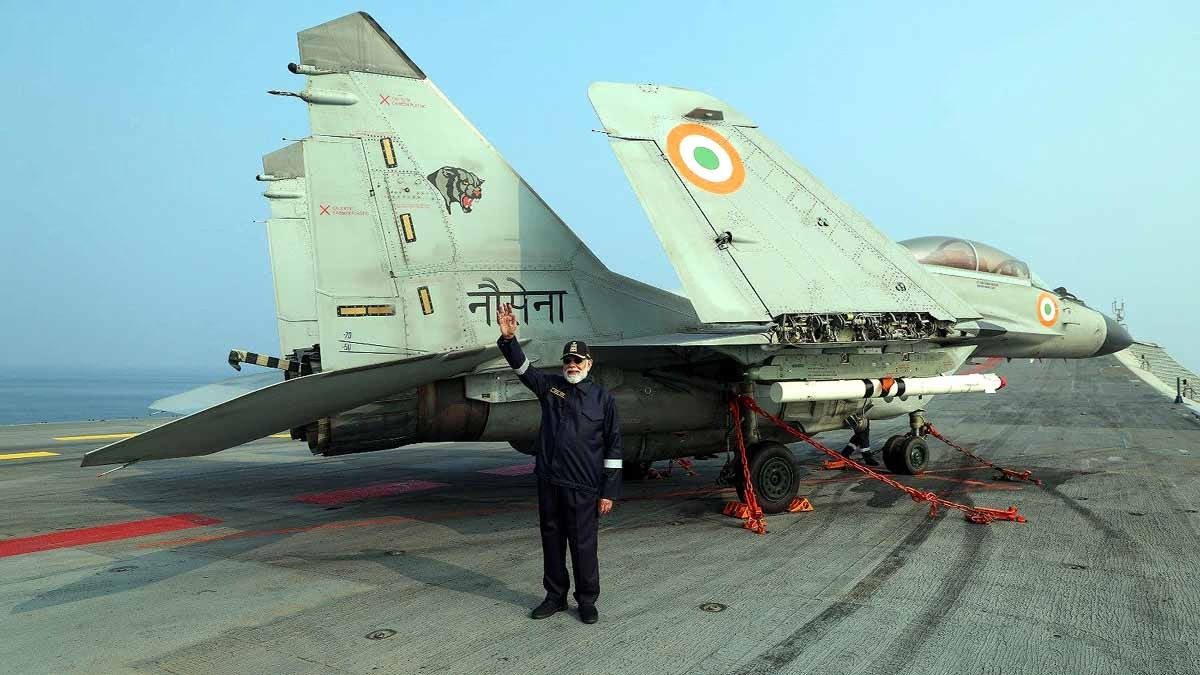Israel, known for its relentless pursuit of adversaries, is now setting its sights on eliminating Hezbollah after weakening Hamas. With airstrikes on Hezbollah positions, Israel is now launching a ground operation in Southern Lebanon. To accomplish this, Prime Minister Netanyahu is inspired by President Putin's Donbas strategy. What exactly is this plan?
The ground operation in Lebanon is officially recognized as the fourth phase of the battle against Hezbollah by Israel's National Security Cabinet. This marks the fourth incursion by Israeli forces into Lebanese soil, where they have issued an ultimatum for nearly 30 villages to evacuate.
In a social media post, Israeli army spokesperson Avichay Adraee advised residents of Southern Lebanon to head north towards the Awali River for safety. The Awali is approximately 60 kilometers from the Israel-Lebanon border and lies in Northern Lebanon, designated by the United Nations as a buffer zone post the 2006 Israel-Hezbollah war.
Israel is resolute in its goal to dismantle Hezbollah entirely. Following this objective, Israeli Prime Minister Benjamin Netanyahu has initiated both aerial and ground offensives against Hezbollah bases, aiming to encircle them completely.
Netanyahu has identified the lack of solid leadership within Hezbollah following Hassan Nasrallah that could be exploited to Israel's advantage. This strategical insight led to Israel's decision to infiltrate Southern Lebanon. Why Southern Lebanon, you ask?

Source: aajtak
Southern Lebanon is known as a stronghold for the Iran-backed Hezbollah, where they benefit from an extensive tunnel network. The city of Tyre is of significant strategic importance to Hezbollah, serving as a lifeline. Netanyahu aims to entirely sever Hezbollah's connection with this city. Tyre ranks as Lebanon's fourth-largest city after Beirut, Tripoli, and Sidon.
Israel is making substantial progress in cutting off all Hezbollah ties from Tyre in Southern Lebanon. In parallel, Russia’s President Putin strategically isolated the Donbas city during the Ukraine conflict, putting Ukraine on a defensive trajectory.
During the 2022 Russian invasion of Ukraine, President Putin understood that the key to diminishing Ukraine was by severing Donbas. Consequently, he recognized Donetsk and Luhansk in Eastern Ukraine as independent regions, which had been under separatist control since 2014.
Donbas lies within Eastern Ukraine, with a predominantly Russian-speaking population, making it a target for Russian isolation from Ukraine. The conflict between Russian-backed separatists and Ukrainian forces has persisted there since 2014. Putin frequently asserted that capturing Donbas was meant to psychologically and strategically weaken Ukraine.

Source: aajtak
Prior to Russia's hold on Donbas, Ukrainian President Volodymyr Zelensky declared a firm stance to fight. However, he warned that if Russia captured Donbas, it could potentially split Ukraine.
The separation of Donbas severely impacted Ukraine's economy, as the region is home to a significant number of coal mines and was once considered the industrial hub of Ukraine. Consequently, isolating Donbas became an integral component of Putin’s war policy.




